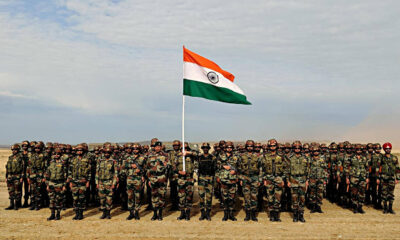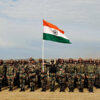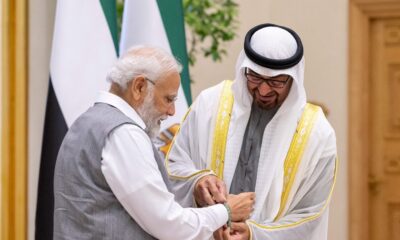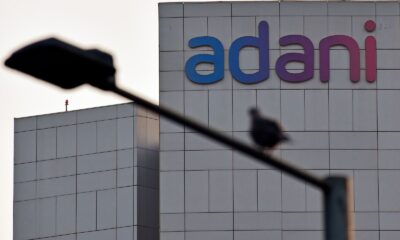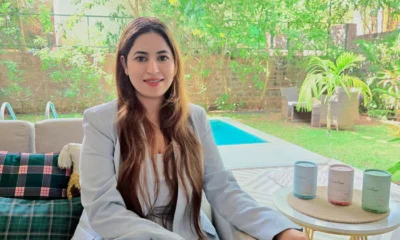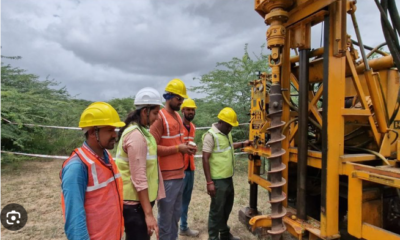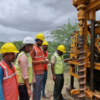Key points:
1.In an effort to make the state’s targeted measures more successful, the centre is also proposing a dynamic list.
2.The Suresh Tendulkar Expert Group provided ways and means of measuring and resolving poverty in 2009.
3.As we can see, how a single pandemic or disease can drive families back into acute poverty.
The very next Socio-Economic Caste Census (SECC) is expected to take a broader view of the parameters of deprivation to include public welfare outreach and advances in nutrition, housing, sanitation, drinking water, electricity, and connectivity to identify poor people in the country, senior officials announced on Sunday.
Report By Official:
In an effort to make the state’s targeted measures more successful, the centre is also proposing a dynamic list, which would be updated periodically, the officials said.
The Union Rural Development Ministry drafted a concept note on “poverty measurement in India” last month, while the government formed a high-level panel with the mandate to update the SECC and reduce “exclusion and inclusion flaws.”
The Pannel Consist of:
The panel consists of the Registrar General of India, the Director-General of the Unique Identification Authority of India (UIDAI), the President of the National Statistical Organization (NSO), the Secretaries of the Ministry of Urban and Rural Development, and Niti Ayog, a member of the Policy Think Tank.
The transfer comes when the first SECC is almost a decade old. And after the findings of the SECC were revealed in 2011, several new welfare projects have been rolled out to provide free cooking gas, electricity, and water connexions for the poor; higher budgets have been allocated to other projects such as free housing or skills development programs.
Let’s take a fresh look first SECC:
In order to assess poverty, there is certainly a need to take a fresh look. In the first SECC, kuchcha houses were a criterion, but under the Awas scheme for the rural poor, the government has since completed 11.7 million houses.
And expectations have also shifted for the disadvantaged.”On condition of anonymity, we will need to look into the delivery of benefits such as Ayushman Bharat, enhanced education facilities and Ujjwala {free cooking gas connexions scheme} and observe changes in socio-economic status apart from the basic needs,” a panel member said.
The second SECC will definitely take some time to complete; the Covid-19 pandemic has postponed work on the 2021 census, which was due to start. Preparations also for the exercise’s launch are underway.
The concept note provided by the Ministry of Rural Development highlights that how C Rangarajan Committee, in its 2014 report, called for “food items that ensure prescribed calories, protein & fat intake and non-food items such as clothes, education, health, housing and transport” to include separate all-India rural and urban poverty line baskets.
The note also highlighted, taking a broader, multi-dimensional view of poverty, that “the deprivations faced by the poor in different fields such as education, health, sanitation, etc. are not accounted for in the below-poverty line strategy.”
Further Spending on Social service:
Furthermore, public spending on social services such as education, health, and food security, which was not captured by design in the NSSO’s Consumer Expenditure Surveys, has risen dramatically in recent years and the poverty line resulting from these is, therefore, lower than the services actually consumed.
The Suresh Tendulkar Expert Group provided ways and means of measuring and resolving poverty in 2009, from a national planning committee in 1938 to the Bombay Plan of 1944 to the 1962 Working Group and in the later stages.
When they come up with some new strategy for the next SECC, the sweeping Covid-19 pandemic and subsequent lockdown that triggered a record 23.9 per cent economic contraction in the quarter ended June would also be kept in mind by policymakers.
The task of a complex registry is important here, as we can see how a single pandemic or disease can drive families back into acute poverty.
In would assist in the inclusion of planned recipients,’ the official cited above said, noting employment losses caused by the pandemic that forced households to slash education and food spending.
“A complex list will allow us to include, based on their current condition, families from public welfare security systems.”
The SECC 2011 showed that 107.4 million Indian families are deemed to be deprived of some basic needs. It also showed that about 30% of rural households were landless and mostly dependent on manual labour to earn a living.












